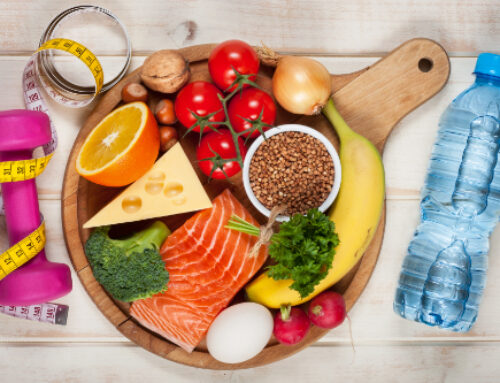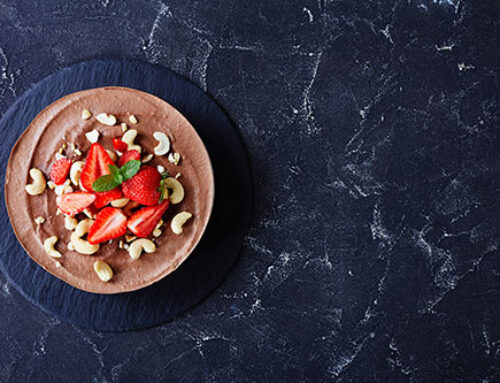A typical charcuterie board has a range of cured meats and cheeses, but the wonderful thing about a charcuterie board is that it can easily be a “choose-your-own-food-adventure” type of experience. Simply said, a charcuterie board is more than just a bunch of meat on a board. Aside from meats and cheeses, the best charcuterie boards are filled with nuts, olives, pickles, jams, fruit, and a variety of crackers. And, they pair fantastically well with wine if that’s what you’re looking for during a party or a relaxed night in. Although putting together a charcuterie board may seem overwhelming at first, they’re incredible versatile and doable.
1. Pick a board (and complementary small bowls).
Virtually any type of board will do, but large cutting boards, marble slabs, and ceramic platters work well. Just make sure it’s large enough to hold all of your charcuterie goodies. While you’re looking for the perfect board, it’s also helpful to have a few small bowls on hand to hold jams, preserves, mustards, or dips. You can also use bowls to hold fresh mozzarella balls, olives, or small nuts. While bowls are not absolutely necessary, they can be useful to keep items contained and also act as groundwork for your board to help with organization.
2. Select a variety of cured meats and salamis.
If you’re trying to keep the board healthy, don’t go too wild in this section. You’re welcome to make the board vegetarian too, but some meat can add great flavor and variety to the board. The types of meats can be broken down into two categories: pre-sliced and something you slice. Pre-sliced options include prosciutto, guanciale, mortadella, and speck. Meat you slice at home can include hard salami, capicola, smoked sausage, and sopressata.

3. Choose a variety of soft and hard cheeses with varying milk types.
Similar to the meats, there are two different categories of cheeses that you will want to include on the board. Soft cheeses and hard cheeses are all delicious. Some favorites are brie, gouda, mozzarella, provolone, and hot pepper.
4. Select your accents.
Now that you’ve gathered the main components, you can go forward with the accents! Accents are a great way to add texture, color, and flavor to the board. Try to incorporate sweet, salty, and spicy items for a balanced experience. Olives, tapenade, nuts, and crackers add great saltiness. Fresh and dried fruit easily hit the sweet components. You can also incorporate spreads like apricot jam or fig spreads. Speaking of jelly, a marionberry habanero pepper jelly is one of our favorite ways to make sure there is spicy on the board. Mustards are great too. Last but not least, pickles add wonderful tanginess and be sure to include plenty of bread and/or crackers to serve meat and accents on.
5. Pair the charcuterie board with beverages.
The beverage pairings may be just as important as the charcuterie board. The beverage doesn’t even have to be alcoholic. Sparkling water or juice does just fine. However, beer will do well with cutting through the fat of the meats and wine, specifically hearty reds, work very well with charcuterie pairings too.
Remember to have fun with putting together your charcuterie board. There isn’t a wrong way, and it’s guaranteed to be delicious!





Lovely pieces of information, very rich and in dept with clarity. I love it and I have learnt a lot from the wealth of the writes experience.